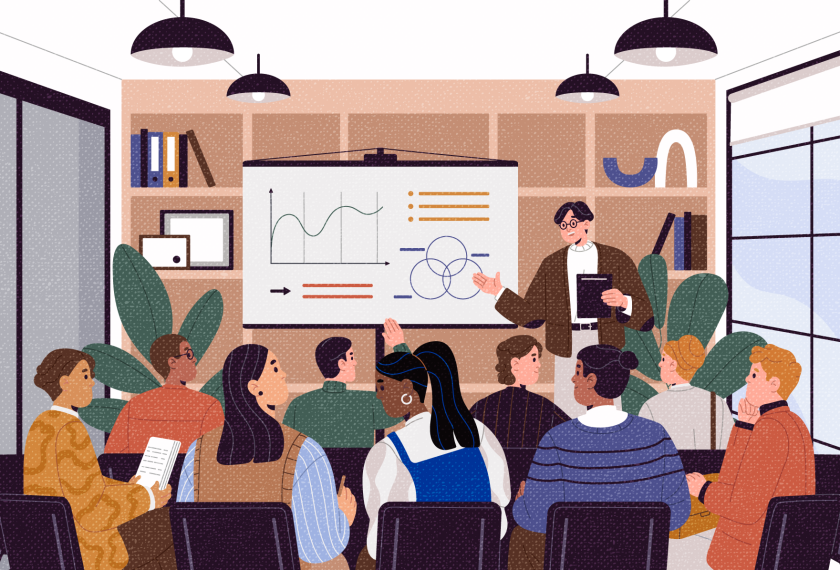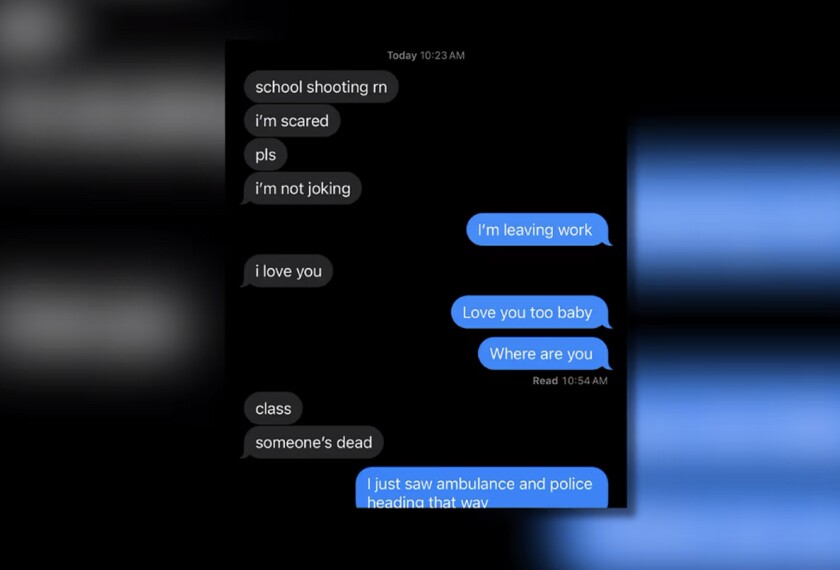Failure can be a student’s best teacher—but only if educators know how to use it.
“In the past, much of how we designed for learning and growth was without failure altogether. Then people started saying, ‘Well, failure can be useful, so when it happens, try to learn from it,’” said Manu Kapur, a professor of learning sciences and higher education at ETH Zurich, a public research university in Switzerland, and the director of the Future Learning Initiative there.
That philosophy has been a key part of inquiry-based and mastery learning models gaining traction in the United States and abroad. But, Kapur said, teachers and materials that don’t guide students through the process of exploring, struggling, and learning don’t improve student performance.
According to a research analysis of 53 studies from around the world, including the United States, letting students engage in problem-solving before instruction in a new concept generally was more effective than the reverse, but instructional design mattered.
Lessons and programs designed around scaffolding how students learned to struggle, problem-solve, and work together—known as “productive failure design"—drove the benefits of delaying direct instruction. Moreover, students in grades 2-5 did not show the same benefit from problem-solving before direct instruction, in large part because instruction in those grades did not tend to incorporate early problem-solving into a systemic process.
Kapur, author of the 2024 book Productive Failure: Unlocking Deeper Learning Through the Science of Failure, spoke to Education Week about how teachers can design a classroom that leverages student struggle. The conversation has been edited for length and clarity.
What is productive failure?
Productive failure is not just saying failure can be useful. It’s saying, if failure can be useful for learning and growth, then we shouldn’t wait for it to happen. We should design for it intentionally in a safe way so that we can use it whenever we want it.
What’s different about a classroom designed around productive failure?
This classroom culture is ... based on different sets of norms and expectations. When students are typically given problems to solve, their expectations are, they want to get to the correct answer. In productive failure, we know that you’re not going to be able to get the correct answer, because you haven’t learned the concepts yet.
The expectation is to generate as many ideas as you can to try to solve the problems, and then, to improve your solutions, you work together. So the expectations are more on efforts and growth, rather than getting to the correct answer or solution immediately. The kinds of activities and how students interact and think make a productive failure classroom very different from a regular, direct, and traditional classroom.
What does a lesson designed around productive failure look like?
We are so used to, “Oh, you don’t know something. I will start by teaching you what it is.” That’s direct instruction. But the first aspect of a productive failure classroom is not to start with that.
First, engage students in challenging problem-solving activities where students can generate multiple ideas and solutions—but these activities are designed in a way that students will not be able to get to the correct solutions. They’re intentionally designed for them to get stuck, reach an impasse, in solving the problem. That’s the starting point.
Then, once students have done that, that’s when an expert or a teacher comes in, assembles that knowledge, and says, “You know, your solution worked but not fully. And your solution did not work. Here’s why.” Then you have a good discussion, and it assembles into the correct solution or correct way.
What do teachers need to know to use failure effectively?
Teachers need to understand the underlying science—if you use a tool, you need to know why it works—and they need to know how to design using productive failure principles. How do you design these activities? How do you support students? And how do you facilitate that?
Teaching what you know is easy, but teaching based on what students produce is very difficult, right? So that kind of design knowledge is needed.
When we scaled productive failure into the Singapore math curriculum 10 years ago, we trained all the teachers at the [K-12] level in this method and the materials. It takes about two to three years because teachers ... go through their own productive failure path as well.
The first time you try it out, it’s not mental high fidelity; then you get feedback, and you try it again. In my experience, it takes about two to three iterations [for teachers] to get a handle on things.
Disclaimer: The copyright of this article belongs to the original author. Reposting this article is solely for the purpose of information dissemination and does not constitute any investment advice. If there is any infringement, please contact us immediately. We will make corrections or deletions as necessary. Thank you.




